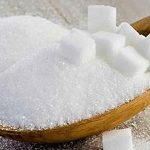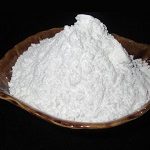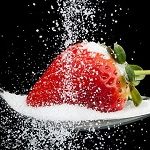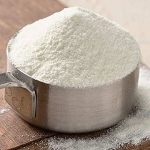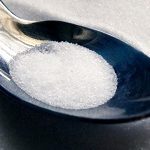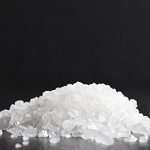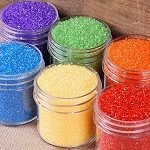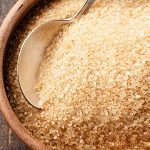What is Sugar?
In simple words, sugar is a sweet substance extracted from certain plants. Sugar is basically made from monosaccharides i.e. glucose and fructose.
All sugar is made by extracting sugar juice from sugar cane or sugar beet and from there different types of sugar can be produced. Through alterations in the process of cleaning, crystallisation and changing the levels of molasses, different types of sugar can be produced.

